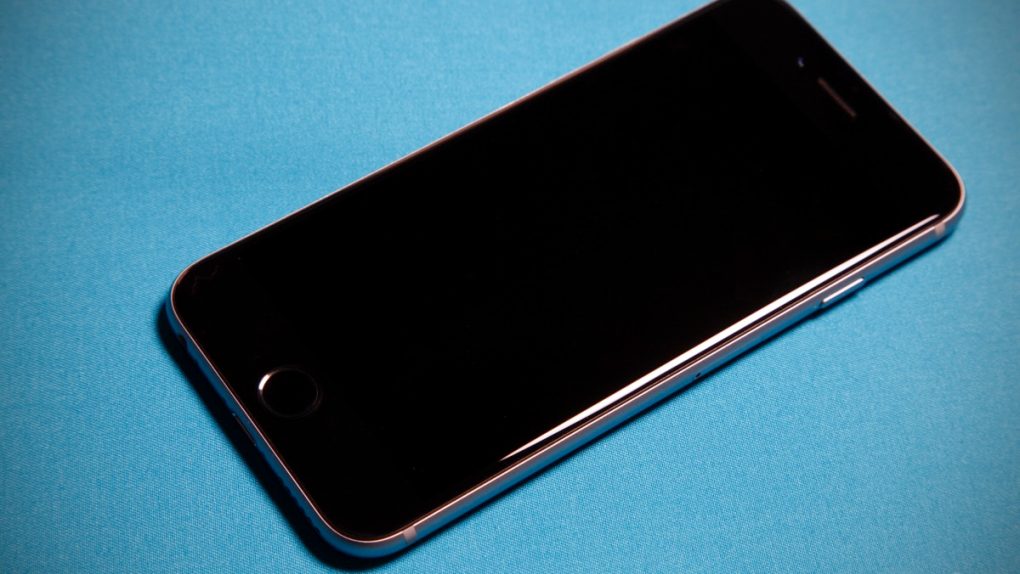The iPhone 6s happens to be the best “S” upgrade in Apple’s history, as it brings several significant improvements and new features. One of the things Apple changed for the iPhone 6s and iPhone 6s Plus is the camera technology.
Both devices have cameras with more megapixels, so the expectations on the camera performance front are rather high. That goes especially for the iPhone 6s Plus, which is the better of the two, as it has one critical extra camera feature compared to the iPhone 6s: Optical image stabilization (OIS) for video and photos.
So how does the new Apple phablet fare against the iPhone 6 and Galaxy S6 in photo tests? There’s an outdoors shootout comparison to answer that.
DON’T MISS: iPhone 6s review
CNET took the three phones for a spin around London, with photographer Andrew Hoyle looking at the performance of all three handsets.
Hoyle took a variety of pictures with all three devices set on maximum resolution – that’s 12-megapixel for iPhone 6s Plus, 8-megapixel for the iPhone 6 and 16-megapixel for the Galaxy S6 – looking at various things including image quality and detail, tones, exposure, brightness, software corrections and other parameters for all shots. Here’s one picture that was taken with the three devices.
iPhone 6s Plus
Galaxy S6
iPhone 6
The photographer concluded the iPhone 6s Plus doesn’t just match the iPhone 6, already a highly praised device for its camera features, “but exceeds it.”
“It adds an extra serving of clarity for shots that feature lots of fine detail, with punchier contrast to boot,” Hoyle said. “Sure, it’s not going to replace my professional dSLR, but its ability to quickly and consistently capture a rich, natural scene without needing to fiddle with settings will make it a very welcome companion on trips when I don’t want to carry around a bulky camera.”
The Galaxy S6, meanwhile, “put in a very strong fight in this test too,” providing more clarity in some shots thanks to its higher resolution sensor. “However, in this first round of testing, I was less keen on its auto white balance in several of the shots, which resulted in unnatural-looking color casts that weren’t present on the iPhones,” he said.
To see the other images Hoyle took in his camera shootout, check the source link.




